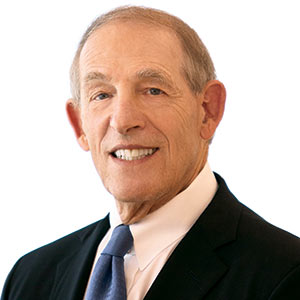As it has been said, history does not exactly repeat itself, but it often rhymes. There are many lessons based on what occurred in the past when impulsive choices came back to haunt the decision-makers.
Frequently it seems that speed counts to beat the competition or take advantage of great opportunities. However, while a sense of urgency is critical, analysis and thoughtfulness, in most cases, trump haste.
While not a business decision based on dollars and cents, President John F. Kennedy averted a nuclear holocaust and probable World War III with life and death lessons predicated on pausing and taking a timeout. On October 16, 1962, the 35th president was awakened by key staff members and informed reconnaissance photos revealed Russia had placed nuclear missiles in Cuba aimed at the United States. Military leaders urged JFK to take immediate action to obliterate the threat.
Kennedy recognized the immense gravity of the situation and refused to make an on-the-spot decision. Instead, he knew he needed to stop to think. Historians suggest he went to the White House swimming pool and worked out for hours while pondering the next steps and reflecting on the nearly unfathomable ramifications of a wrong decision.
The rest is history. The free world leader, after in-depth deliberation, ordered a naval blockade stopping Russian ships with more armament from reaching Cuba. While the world watched for thirteen perilous days, the Russian ships approached the blockade and abruptly reversed course.
Translating this historical event that rhymes with a non-deadly business matter, assume for illustrative purposes that an industry-leading company suddenly raises prices, thinking that the playing field would be quickly leveled when companies B and C follow suit leaving the instigator of the increases with improved margins while remaining competitive. However, let’s say company B doesn’t take the bait and stops to contemplate how company A’s decision could be an opportunity in disguise. Rather than matching its top competitor, company B holds the line on prices. This could lead to significant market share gains, overshadowing the loss of some gross profit margin improvement.
Standing pat for a time, not to be confused with analysis paralysis, gave company B time to craft a strategic marketing differentiator.
Business schools teach both how to do things right and focus on case studies of no-brainer deals that quickly went south. Here are a few classic examples of huge companies shooting from the hip based on dreams of domination by buying a competitor. They believed if they didn’t, another would.
These poorly contrived deals destroyed many executives’ careers, lost shareholders huge money, and resulted in massive layoffs as the acquirer tried to right the ship.
Daimler Benz, now Mercedes-Benz Group AG, the maker of Mercedes-Benz, bought Chrysler and turned the combination into an unmitigated disaster as Chrysler eventually almost folded and was sold to venture capitalists. Kmart and Sears quickly decided that combining into the country’s third-biggest retailer would keep these two marginal operators viable. This shotgun marriage made out of desperation ultimately resulted in the demise of both.
Companies must always be ready and set to act. Still, they can’t neglect the final steps of stopping, thinking, and studying outcomes to avoid failure. ●
Visit Michael Feuer’s website www.TipsFromTheTop.info to learn more about his columns, watch videos and purchase his books, “The Benevolent Dictator” and “Tips From The Top.”

